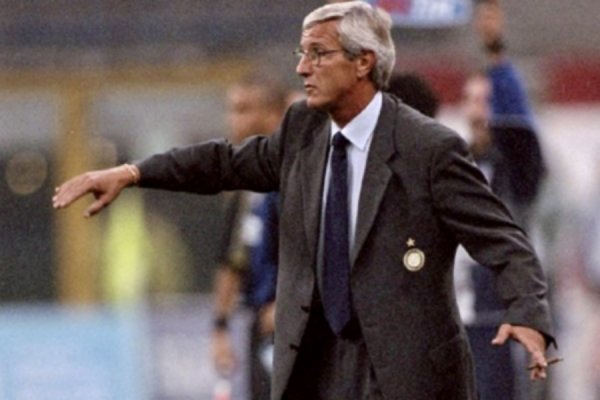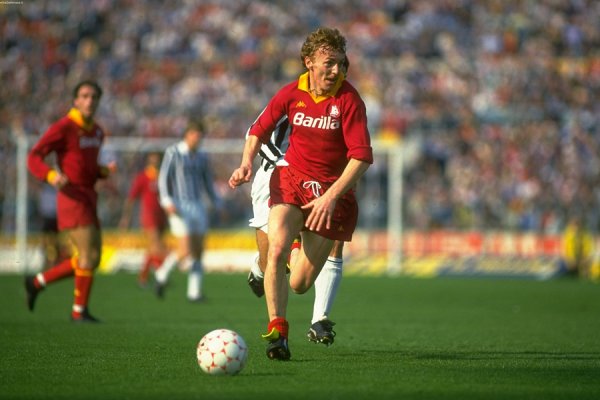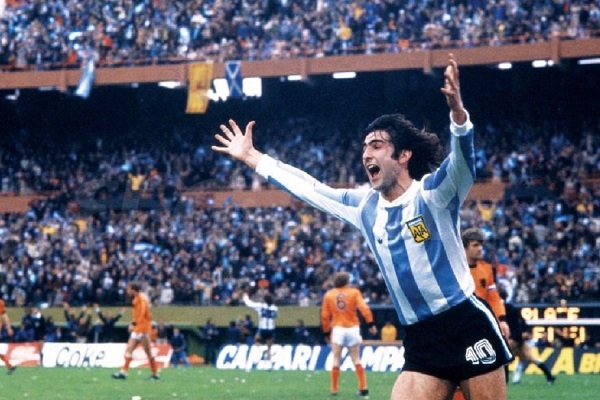Football's Iconic Skills and Signature Moves
Every once in a while a footballer will do a piece of skill, or will be so good at a certain aspect of the game, that they become associated with it forever.
Some of them are even lucky enough to have the skill named after them, thereby putting their own stamp into football culture and history...
No.1 "The Cruyff Turn" Johan Cruyff
You know it's one of football's classic skills when you find yourself teaching it your child shortly after he's learnt how to kick a ball!
The Dutch maestro, Johan Cruyff, introduced it to the world during the group stages of the 1974 World Cup. Sweden's Jan Olsson was the poor unsuspecting defender who was left bamboozled as Cruyff feigned a pass back to his team-mates before dragging the ball back behind him, quickly turning, and then accelerating away. Brilliant.
No.2 "Le Papinade" Jean-Pierre Papin
During his 17 year career across Europe, French striker Jean-Pierre Papin bagged goals aplenty, but it was his volleys for which he became best known, which lead to fans nicknaming them Papinades in tribute to him. Apparently the phrase was originally coined to describe his powerful volleys from the right-hand side of the penalty area, the result of deep crosses coming in from the left, but the term also became more widely used for his volleys in general.
No.3 "Panenka" Antonín Panenka
Whilst the majority of fans want to see their players just put the ball down, do a decent length run-up, and then just leather the ball into the corner, the Panenka has become the go-to style of penalty for players who want to show that they're as cool as anything from the 12 yard mark.
Czech midfielder Antonín Panenka is who it's named after, and what a stage he decided to do it on - the final of the 1976 European Championships. Czechoslovakia, level with the reigning World Cup champions, West Germany, after the match in Belgrade had finished 2:2 after extra-time. The Czech players had scored all four of their openiing penalties, whilst Uli Hoeneß had just missed the German's fourth attempt. Up steps the attacking midfielder Antonín Panenka with a chance to claim his nation's first-ever major football trophy. With his long run-up, the entire stadium expects to see him attempt to beat Sepp Maier with a well-struck effort. Instead, incredibly, he just clips it straight down the middle as Maier dives to his left. It's a moment of supreme confidence, of skill, of bravery, of complete madness! But it worked, and the player will go down in football history as the scorer of the most famous penalty of all-time. And forever gets his name associated with the sport.
No.4 "La Madjer" Rabah Madjer
This is what the French call a back-heeled goal. It's taken from the name of Rabah Madjer, the Algerian footballer who nonchalantly scored that memorable back-heeled equaliser for Porto in the 1987 European Cup final against Bayern Munich.
No.5 "Bananenflanken" Manni Kaltz
Manni Kaltz was a fantastic maurading right-back in the 1970s and 1980s with Hamburger SV and West Germany. His curving crosses were so good that they were given their own name - "Bananenflanken" (banana crosses). He formed a deadly partnership for a number of years with Hamburger SV striker Horst Hrubesch, whose nickname Das Kopfball-Ungeheuer (the Header Beast), was incredibly appropriate as he headed in Kaltz's Bananenflanken in countless matches. Hrubesch summed up the simplicity of their relationship with this equally simple quote: "Manni banana. I head. Goal."
No.6 "La Cuauhtemiña" Cuauhtémoc Blanco
Mexican midfielder Cuauhtémoc Blanco was the creator of his own signature move - "la Cuauhtemiña", a kind of bunny hop over the legs of the opposition whilst he gripped the ball between his feet. It was a move that he would showcase to a global audience at a number of World Cup tournaments.
Tweet



